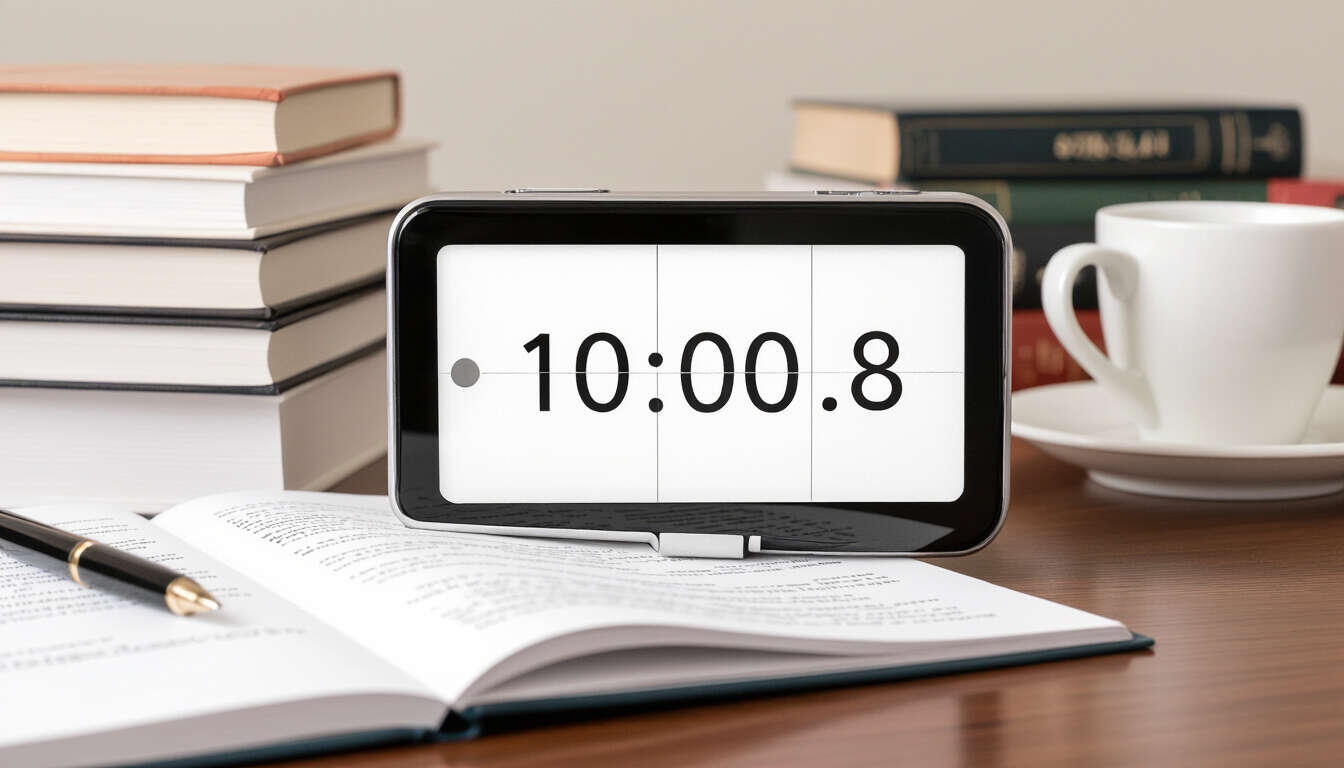Variations of the Pomodoro Technique
 by Verner Mayer
by Verner Mayer
Discover how variations of the Pomodoro Technique can boost focus and efficiency. This method uses timed work sessions and breaks, adapted for different needs, drawing from research on attention spans and productivity gains.

The Pomodoro Technique involves working in focused bursts, typically 25 minutes, followed by a short rest. This approach helps maintain concentration and reduce fatigue. Variations of this method adapt the core idea to suit individual preferences and tasks.
Why Adapt the Technique?
Research shows that attention spans vary by person and activity. Studies indicate shorter sessions can prevent mental exhaustion, while longer ones might suit creative work. For instance, adjusting intervals based on cognitive load improves overall output.
One popular variation is the 25-5 method, where you work for 25 minutes and rest for 5. This keeps energy levels steady and aligns with findings on how brief pauses enhance memory retention. Another option is the 50-10 approach, extending work time to 50 minutes with a 10-minute break. This suits tasks needing deeper immersion, as evidence suggests extended focus periods can lead to better problem-solving.
For those with shorter attention spans, try the ultra-short Pomodoro. Sessions last 15 minutes, followed by a 5-minute break. This variation draws from studies on frequent breaks, which help sustain motivation during repetitive activities.
Implementing Variations Effectively
To start, select a variation that fits your routine. Begin with a timer and track your progress. For example, use the 25-5 method for reading or writing, noting how it affects your focus. Over time, experiment with adjustments to find what works best.
Lists can simplify the process:
- Choose your work duration based on task complexity.
- Set consistent break times to allow recovery.
- Monitor results with a simple journal to measure improvements.
Science supports these changes. A study found that varied break lengths reduce stress and boost creativity, making adaptations valuable for professionals and students. By testing different versions, you can optimize your workflow.
In practice, combine variations with other strategies, like prioritizing tasks. This ensures the technique remains flexible and effective. Remember, the goal is steady improvement in efficiency through trial and error.
